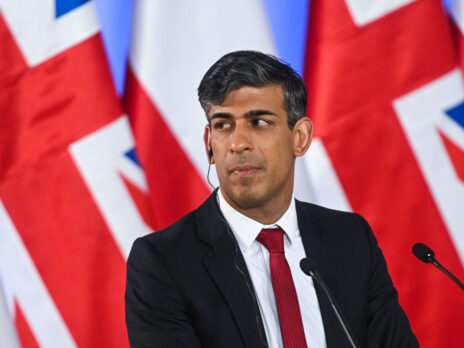
Boris Johnson is returning to the Commons in 2015.
I haven’t got any particular seat lined up but I do think that in all probability… I will try to find somewhere to stand in 2015.”
So where might he stand? Many lists have been made and unmade in the past five years as Boris dithered – and the bookies are now frantically re-drawing their odds.
Just in the past month three seats have been sown up. We now know Boris won’t be standing in North West Hampshire, Hornchurch and Westminster, and Louth and Horncastle.
His deputy mayor Kit Malthouse was chosen to replace the retiring Sir George Young in the first, Dame Angela Watkinson was recently re-selected in the second, and an open primary just decided the candidate in the third.
But there are five seats that look like strong possibilities:
Uxbridge and South Ruislip
Tory majority: 24.9 per cent
How “safe”: 110th safest
Distance from City Hall: 20.2 miles (59 minute drive)
While a few seats escaped in July, the peripheral London seat of Uxbridge became Boris’s best option last month when its MP, John Randall, announced he was stepping down.
Randall won the redrawn seat by 24.9 per cent in 2010, and the party has held Uxbridge since 1970, which the pollster Anthony Wells has described as “middle-of-the-road suburbia, hidden away at the end at the far end of the Metropolitan line”.
The seat could allow him to serve out his second term as London Mayor, as he committed to doing when he won in 2012. This wouldn’t be without precedent – Ken Livingstone spent 13 months as MP for Brent East after becoming London mayor in May 2000.
The constituency association is reportedly looking to select a candidate by mid-September, which would fit with the Tory leadership’s hope that Boris doesn’t distract the party conference later that month.
Hertsmere
Tory majority: 37.3 per cent
How “safe”: 13th safest
Distance from City Hall: 16.4 miles (62 minute drive)
Uxbridge is a safe seat, but Hertsmere is one of the safest Tory seats in the country. Only 12 other seats returned larger majorities in 2010.
The seat also became available last month, when James Clappison stepped down – apparently at the behest of his local association. If they were looking for a more high-profile MP, after 23 years of Clappison’s quiet localism, Boris could be their man.
The long-serving Thatcherite minister Cecil Parkinson held the seat throughout the 1980s. Selecting Boris would bring the area national stature once again.
Kensington
Tory majority: 37.3 per cent
How “safe”: 13th safest
Distance from City Hall: 6.8 miles (43 minute drive)
There is no firm indication that Kensington’s MP, Sir Malcom Rifkind, is willing to stand down, but Kensington would certainly be the ideal seat for Johnson.
Kensington – as safe a seat as Uxbridge – takes in Boris’ cultural hinterland of High Street Kensington, Knightsbridge and Notting Hill, and would be a short trip away from City Hall.
Richmond Park
Tory majority: 6.9 per cent
How “safe”: 250th safest
Distance from City Hall: 10.5 miles (57 minute drive)
Zac Goldsmith only won the leafy London seat in 2010, but rumours have often circulated that he would be willing to step aside for Boris.
The seat look less safe than others, but the Liberal Democrats are unlikely to pose anything like the threat they did in 2010, when Goldsmith still won the seat by nearly 7 per cent.
Johnson may find the seat sleepy in comparison to the bustle of Kensington, but he would still be relatively close to City Hall and Westminster.
South Cambridgeshire
Tory majority: 13.3 per cent
How “safe”: 193rd safest
Distance from City Hall: 67.7 miles (141 minute drive)
Andrew Lansley currently occupies the seat, but he is stepping down at the next election in pursuit of an “international” role.
David Cameron passed him over for EU Commissioner, but Lansley was his boss in the early 1990s, when the Prime Minister was a young staffer in the Conservative Research Department.
Either way, his Cambridgeshire seat appears open to Boris, although it would leave him well out of London and make his bid to continue as Mayor until 2016 all the more impractical.
Seat data provided by May 2015 — launching this September. Distance and driving times according to Google Maps.





